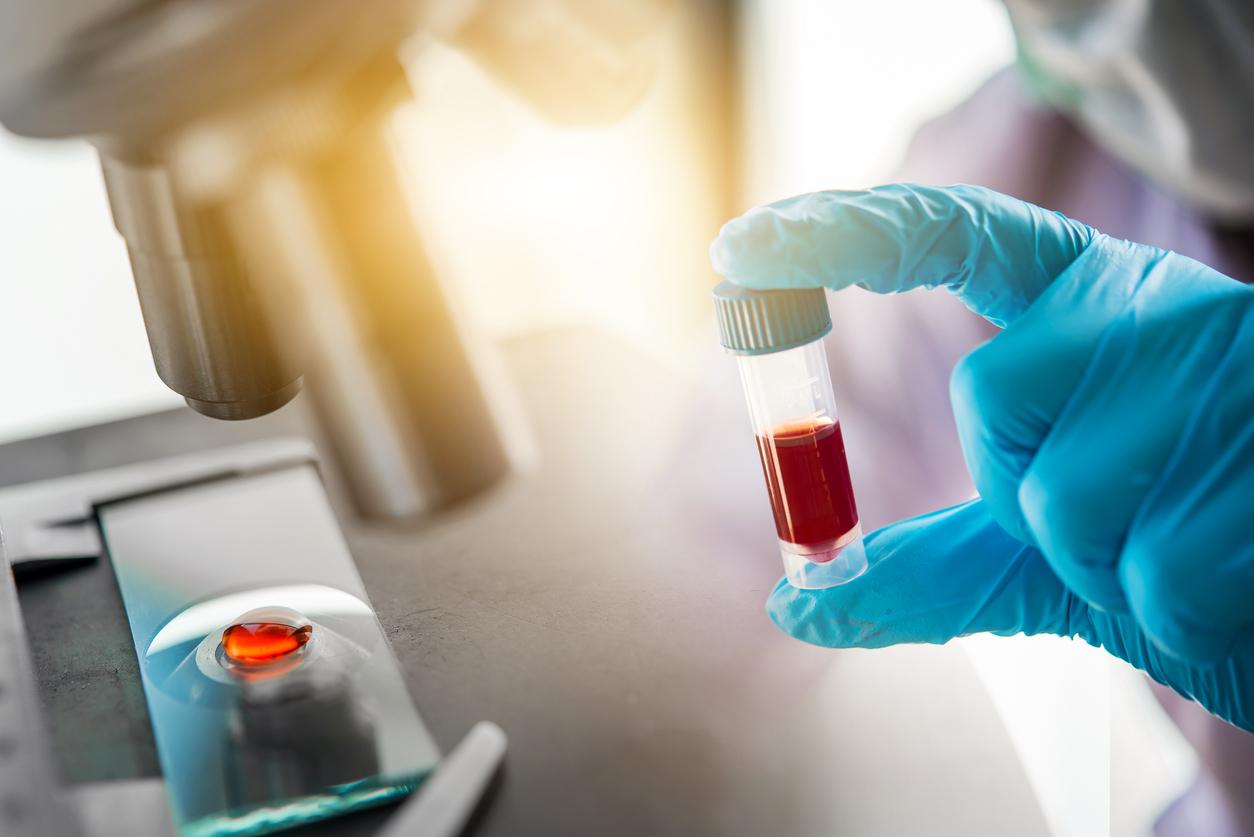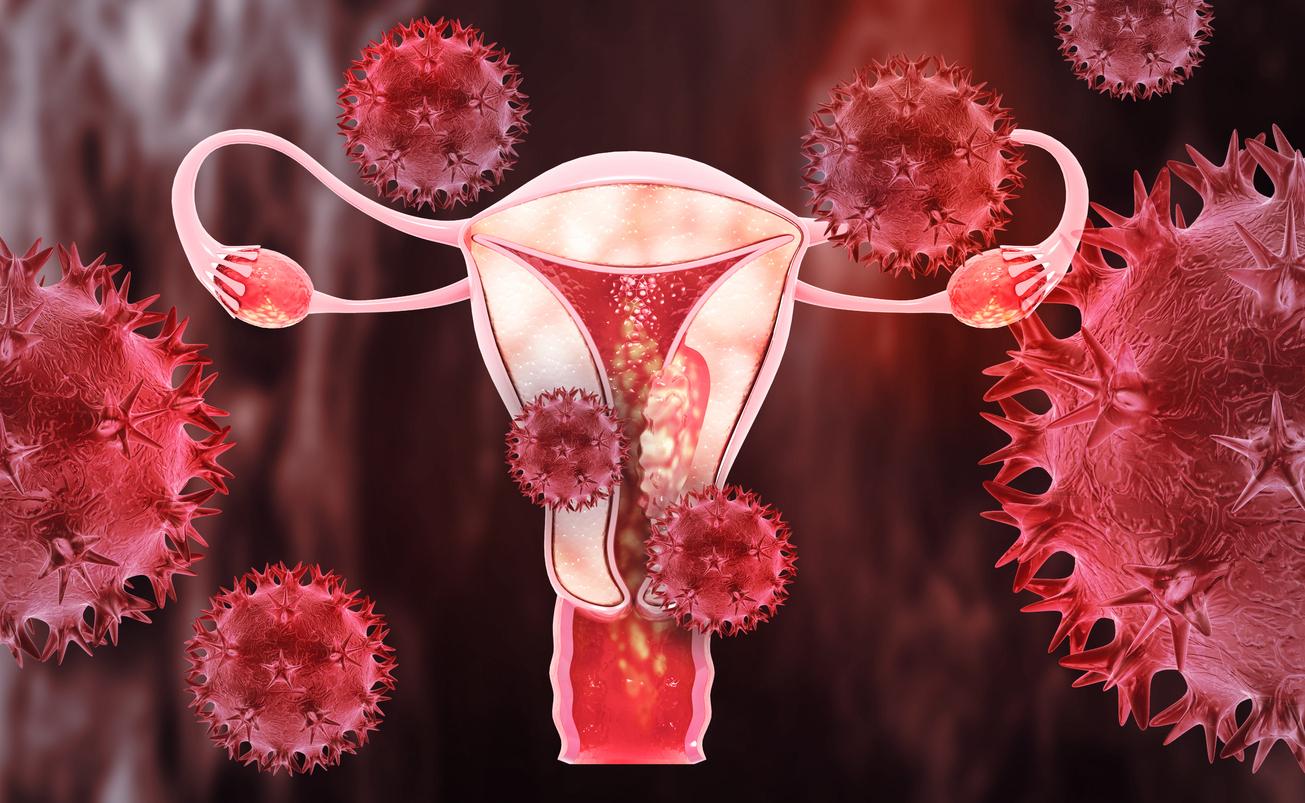Scientists have developed an algorithm capable of early identification of lesions that are likely to develop into ovarian cancer, paving the way for better diagnosis.

- A team of researchers has developed a new algorithm capable of early identification of precancerous lesions on the fallopian tubes that are at risk of progressing to high-grade serous ovarian carcinoma, the most common form of ovarian cancer in the women.
- The tool “accurately detected the presence of cancer 95.8% of the time and correctly ruled out cancer where it did not occur 97.1% of the time.”
- The results suggest that only some lesions progress to ovarian cancer, and that “this progression is associated with a non-random increase in chromosomal abnormalities.”
This is a new step towards faster diagnosis. A team of researchers has developed an algorithm capable of early detection of high-risk precancerous lesions on the fallopian tubes. These lesions, called serous tubal intraepithelial carcinomas (STIC), are considered the main precursors of high-grade serous ovarian carcinoma (HGCS), the most common form of ovarian cancer in women.
“Not all STICs are molecularly equal, and it is difficult to identify at an early stage which ones are aggressive, explain in a communicated scientists from the Johns Hopkins Kimmel Cancer Center and the School of Medicine of the University of the same name, in the United States. Because of the small size of the lesions, it’s like trying to find a needle in a haystack.”
Ovarian cancer: high-risk lesions have more genetic alterations
To design their algorithm intended to improve lesion detection, the researchers first sequenced 150 DNA samples and analyzed the level of aneuploidy, that is to say the presence of missing or extra chromosomes, in the STICs by compared to that in HGCS and normal-appearing samples.
The first results of the study, published in the journal Clinical Cancer Researchshowed that “STICs had significantly more non-random genetic alterations, including full and partial deletions of chromosome 17 in p53 protein signatures”, the main protective agent against cancerization. According to the researchers, the loss of chromosome 17 is a potential explanation for the inactivation of the BRCA1 gene, an important tumor suppressor located on this chromosome. “This could explain why mutations involving the BRCA1 gene are associated with increased risk of HGCS.”

The algorithm detected the presence of ovarian cancer 95.8% of the time
Based on these observations, the scientists then developed an algorithm capable of classifying the samples into five distinct molecular groups, including one presenting STICs with unique genetic alterations, associated with proliferation and abnormal growth. The tool “accurately detected the presence of cancer 95.8% of the time and correctly ruled out cancer where it did not occur 97.1% of the time, write the authors. Our results suggest that only some STICs progress to HGSC, and that this progression is associated with a non-random increase in chromosomal abnormalities.”
Although the algorithm now needs to be validated in a clinical setting, the authors believe that “Better understanding how HGSC can develop could lead to better diagnostics” for the 300,000 new cases of ovarian cancer recorded each year worldwide, including more than 5,000 in France.
















